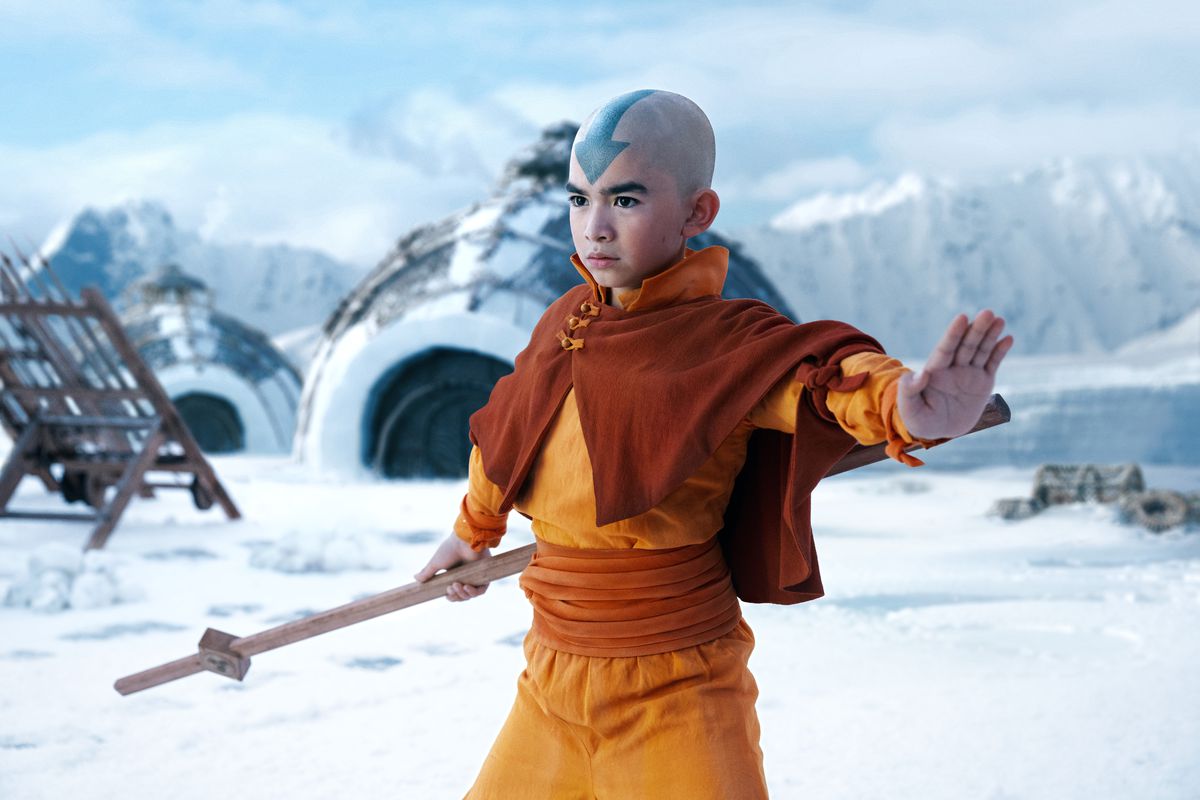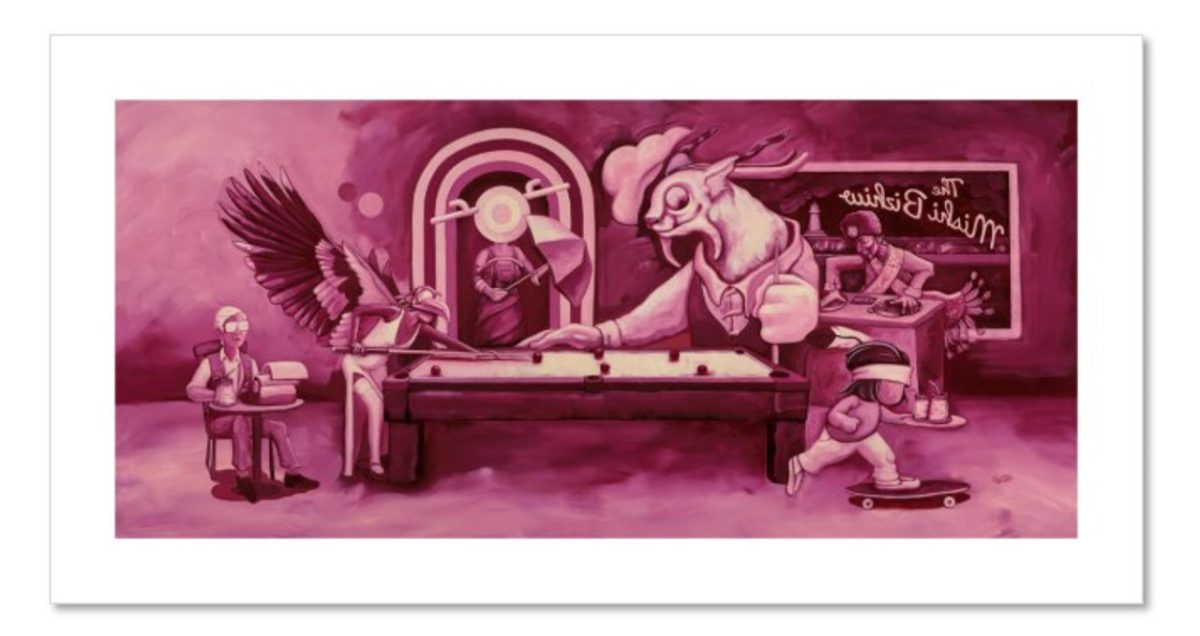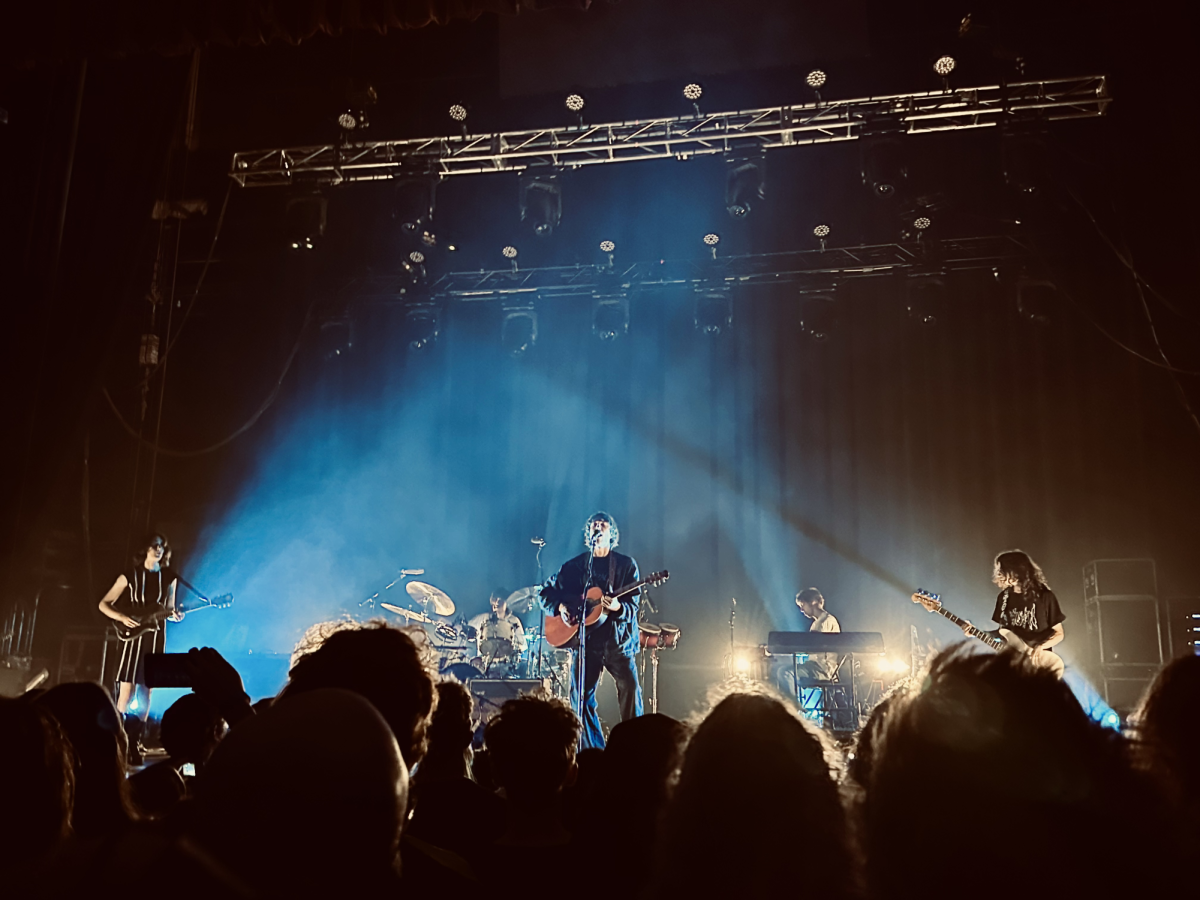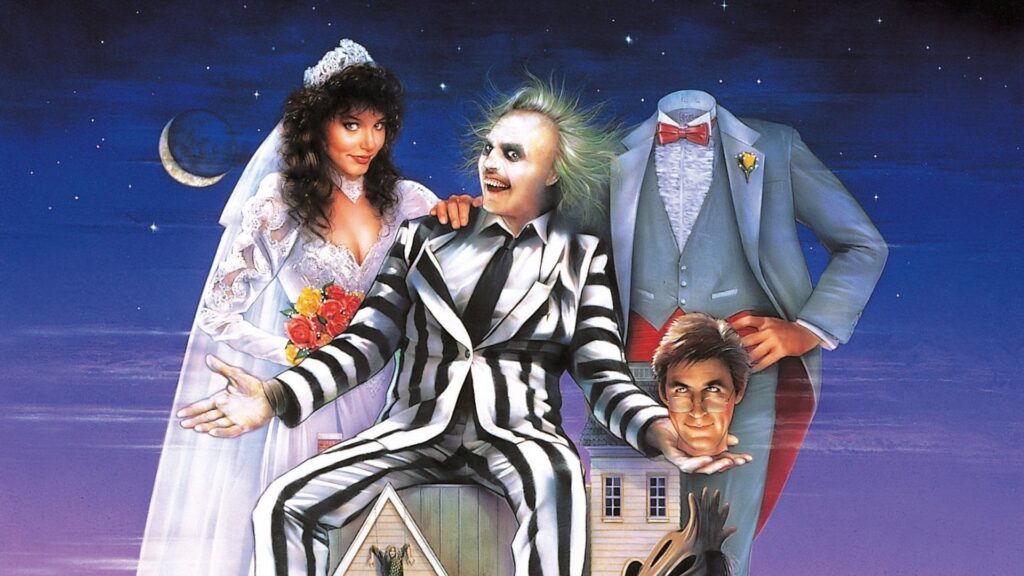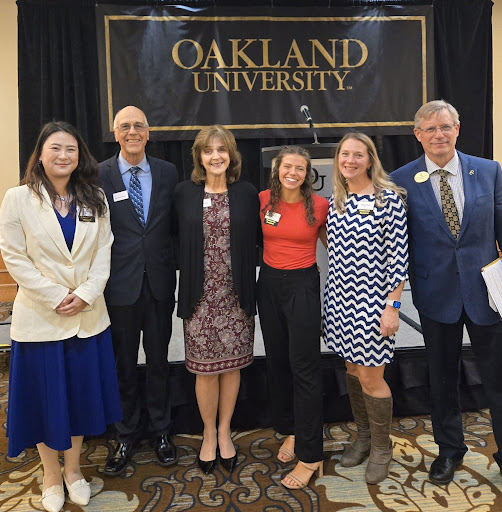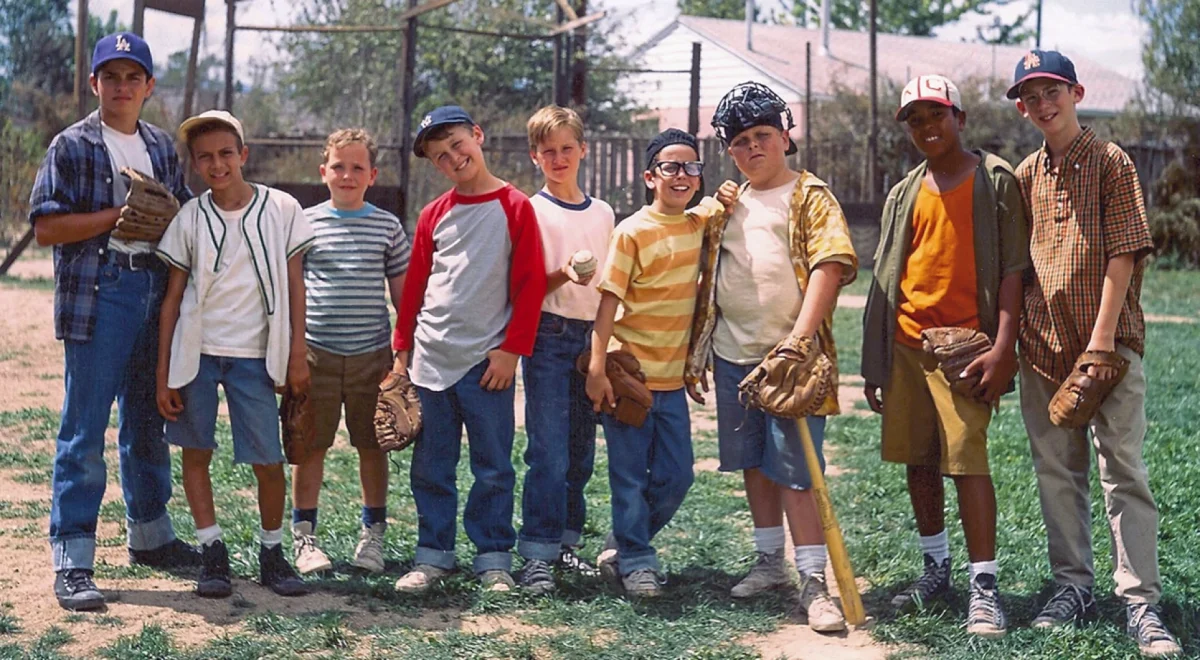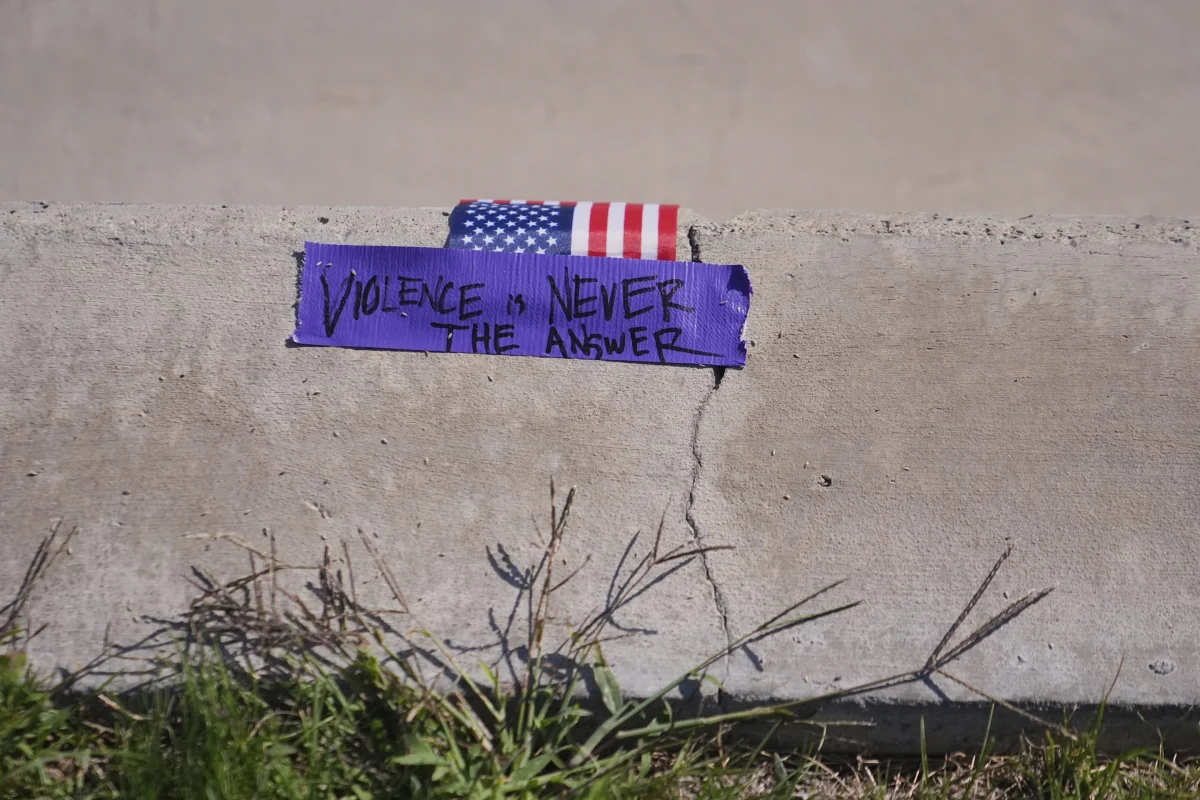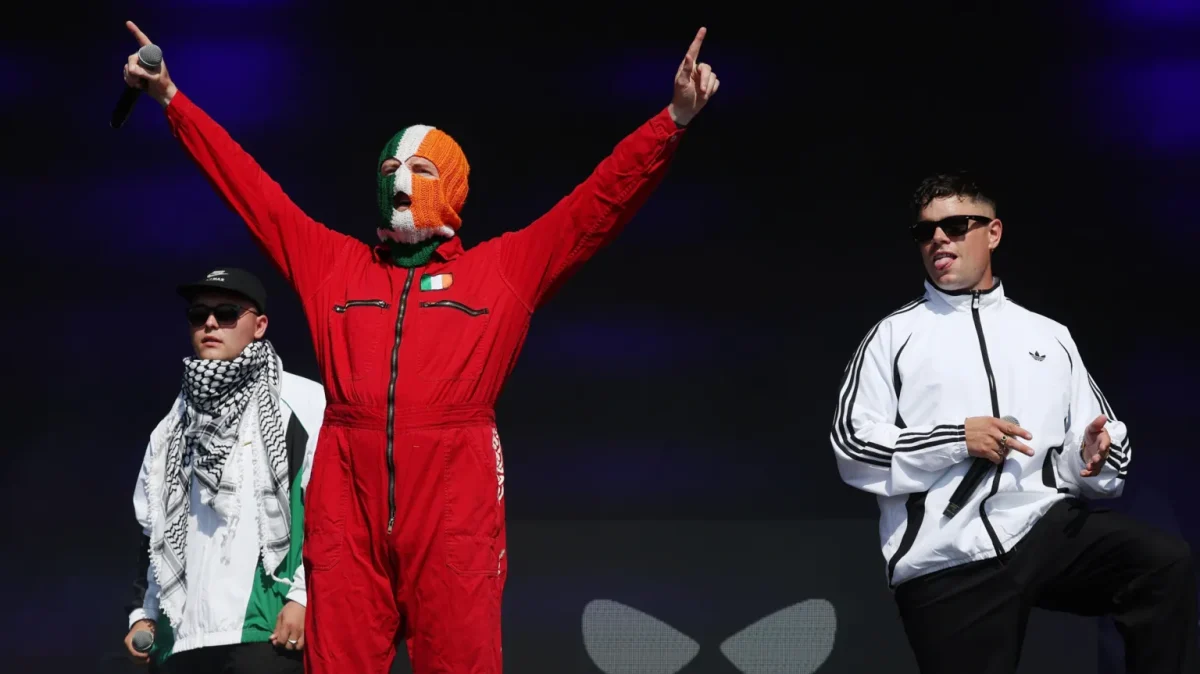Modern-day Hollywood is full of new adaptations, sequels and reboots. Netflix, of course, has its fair share of such with the most recent being a live-action reboot of “Avatar: The Last Airbender.”
The live-action adaptation was first announced back in 2018, and was met with some criticism due to some fans saying that the original show was as perfect as it was going to be. On the other hand, others were excited to see a new version of live-action that was not the 2010 film.
“I don’t think it’s any secret to say that a live-action version has been done in the past, but it wasn’t done this way. I don’t think that it would have been done this way even five or 10 years ago because there wasn’t the same emphasis on proper representation and real diversity,” Daniel Dae Kim, who plays Fire Lord Ozai, said in an interview with Teen Vogue.
While this live-action adaptation did a better job retelling the story of the original animation, it still had its pros and cons overall.
The show did something similar to Disney Plus’s “Percy Jackson and the Olympians” in that the show was slightly varied when compared to the source material. Some changes were for the better, but some changes just changed the pacing and threw out the groove.
The episodes are an hour long each, but instead of utilizing that time and covering more ground, the episodes focus on something and then attempt to mix in other events to happen at the same time or same location.
Some examples of this include the Cave of Two Lovers in Omashu, Jet’s entrance to the show and the timeline of Aang’s [Gordon Cormier] water bending.
These threw off the pacing, which kept audiences enthralled by the show. But while some of these events can be looked over with enjoyment, other changes cannot.
Another thing that stood out to me while watching was the show’s tendency to tell rather than show, as well as the flattening of some of the characters.
Some of the characters flat-out told audiences how they felt about certain things instead of the show showing them without dialogue. Some pieces of dialogue felt forced or as if it was only included because they couldn’t convey that feeling otherwise.
Character personality flattening is another thing that got me. Some of the characters’ original spark was changed, such as Katara (Kiawentiio Tarbell). Instead of being a complex character with the duality of being angry and being the mother of the group, she is instead turned into a sort of shadow character to Sokka (Ian Ousley).
That being said, Kiawentiio Tarbell and the rest of the cast do an excellent job at playing their roles, and some like Ousley and Maria Zhang, who plays Suki, really channel their characters.
Of course, I can’t write about Avatar without talking about the beloved Uncle Iroh who was so graciously played by Paul Sun-Hyung Lee in a way that truly embodies Iroh.
The bending in the show was also pretty great to watch. I enjoyed seeing the mix of martial arts and fire bending from Zuko, played by Dallas James Liu, in live-action.
“Because of my martial arts background, the stunt team let me incorporate my own personal style and collaborate with them on the choreography,” Liu said in an interview with The Wrap.
Representation and diversity matter everywhere, especially in Hollywood. It was a relief to many when the casting of “Avatar: The Last Airbender” was revealed to be appropriate with Asian and Native American casting — as opposed to just redoing what the movie did.
All in all, this show has its flaws and its beauty, and it’s up to the viewers to decide whether they like it or not.
“Avatar: The Last Airbender” has been renewed for seasons two and three.



